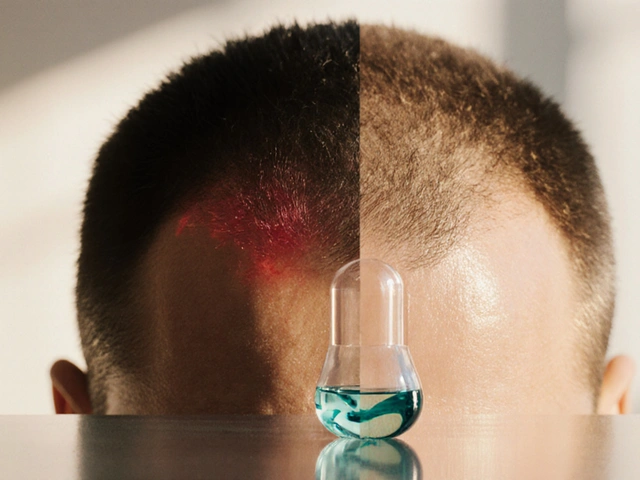Chaulmoogra Oil – What It Is and Why It Still Matters
If you’ve ever heard the name chaulmoogra, you probably picture an old‑school cure for skin problems. In fact, it’s a seed oil that comes from the Hydnocarpus tree, growing in parts of Southeast Asia. People have been grinding the seeds and pressing out the oil for centuries, mainly to treat leprosy and other stubborn skin infections.
Why does this oily stuff still get mentioned? Modern science has taken a look at the same compounds that traditional healers trusted – like hydnocarpic acid – and found they really do fight certain bacteria and reduce inflammation. That’s why you’ll see chaulmoogra pop up in research papers about antimicrobial agents, even if it’s not a first‑line drug today.
Traditional Uses and What Science Says
Back in the 1800s doctors started using chaulmoogra oil as an injection for leprosy patients. The treatment was messy – the oil is thick, it can cause painful skin reactions, and dosing was a guesswork. Still, many patients showed improvement when other options were missing.
Fast forward to recent years: lab tests show the oil’s fatty acids can break down bacterial cell walls, especially for Mycobacterium leprae, the germ that causes leprosy. Some small clinical trials also suggest it helps with eczema and psoriasis by calming overactive skin cells. The evidence isn’t huge, but it’s enough to keep the conversation alive.
How to Use Chaulmoogra Safely
If you decide to try chaulmoogra oil, treat it like any other potent herbal product. Start with a tiny amount – a drop on your fingertip – and see how your skin reacts. Dilute the oil with a carrier like coconut or almond oil to lower irritation risk. Avoid putting it on open wounds unless a healthcare professional tells you otherwise.
People who buy chaulmoogra online should check for reputable sellers, preferably those that provide third‑party lab results showing purity and no harmful contaminants. Remember, the oil can smell strong and feel greasy; a little goes a long way.
For skin conditions, many users apply the diluted mix twice daily after cleaning the area. Consistency matters more than a big dose once in a while. If you notice redness, itching or swelling that gets worse, stop using it right away and talk to a doctor.
Besides topical use, some cultures consume tiny doses of chaulmoogra oil as part of traditional medicine, believing it helps with joint pain and digestion. Oral consumption should only happen under professional guidance because the raw oil can be harsh on the stomach.
In short, chaulmoogra oil sits at the crossroads of old‑world remedies and new‑day research. It isn’t a miracle cure, but it offers a natural option for certain skin issues when used correctly. Keep an eye on how your body reacts, buy from trusted sources, and don’t skip professional advice if you’re unsure.
Whether you’re exploring alternative skincare or just curious about historic medicines, chaulmoogra oil gives a glimpse into how nature’s chemistry still informs modern health choices. Give it a careful try, stay safe, and see if this age‑old oil fits your routine.






